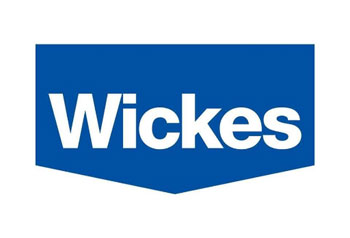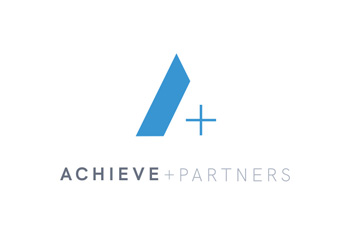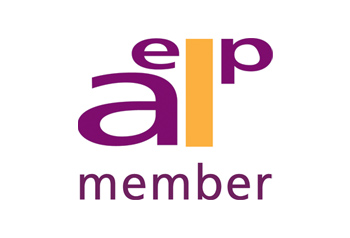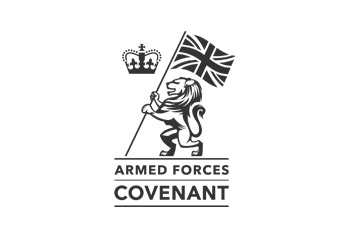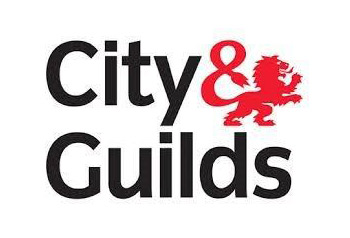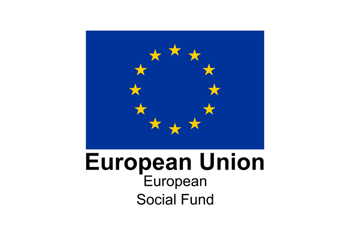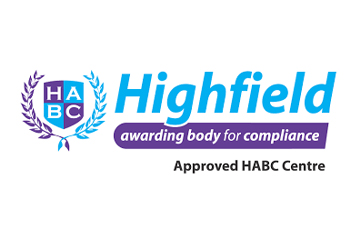Customer Service Apprenticeship Course
The role of a Customer Service Practitioner is to deliver high quality products and services to the customers of their organisation. Your core responsibility will be to provide a high quality service to customers which will be delivered from the workplace, digitally, or through going out into the customer’s own locality. These may be one-off or routine contacts and include dealing with orders, payments, offering advice, guidance and support, meet-and-greet, sales, fixing problems, after care, service recovery or gaining insight through measuring customer satisfaction. You may e the first point of contact and work in any sector or organisation type.
Customer service is the glue that holds the business working relationships together. By ensuring customers are made to feel welcome, valued & listened to, long term working relationships are formed. When customers’ requirements are acknowledged, actioned & feedback given in a clear & positive way, customers return to you as you have relationships based on the trust and respect.
Skills, interests and qualities
- Be polite and courteous at all times, even when dealing with difficult customers. Possess excellent listening skills and the ability to use effective ‘open’ questioning techniques, along with positive body language and non-verbal communication
- Understand the organisation you represent, it’s core values and brand promise, the structure, products/services on offer and the internal/external customers it serves
- Be organised and capable of taking down information clearly and accurately
- Have excellent, written, verbal, telephone and IT skills
- Be able to deal with customer complaints in a calm and professional manner
- Be able to plan effectively, ensuring you follow up on actions and realistic promises made, within an acceptable or agreed timescale
What training will I receive?
- Develop a confident attitude using positive body language and verbal communication skills to represent your organisation to the highest standard
- Research products and services and company structure, roles and responsibilities, in order to be informed and give accurate advice and information
- Gain experience through role play, of dealing with difficult customers on the telephone and face to face
- Be able to prioritise and build effective time management and organisational skills
- Manage enquiries and record, process and track orders, dealing with customer queries and problem solving
- Promote additional products and services to clients and customers
- Manage and update a diary system, often for a number of people
When do I attend training?
Training can be organised to suit the needs of employers, but would usually consist of attending on a day release basis twice a month. It can also be done on the job, as long as you are away from carrying out your usual duties to receive the training input needed.
What will I get at the end of my programme?
On successful completion you will have achieved a Level 2 Customer Service Practitioner Standard.
You can aim for PASS or DISTINCTION over the 18 modules of the qualification. Your End Point Assessment has 3 strands: Apprentice Showcase, Professional Discussion and Observation and this is all done within your workplace usually within one day.
Progression opportunities
With a Level 2 Customer Service Standard, you can progress to an Advanced Apprenticeship at Level 3 in Customer Service or diversify by taking a Business Administration Apprenticeship or Team Leading Apprenticeship.
How do I apply?
There are several ways to apply:
- Contact the recruitment team on 0115 9677771 or write to us at WEBS Training Ltd, The Poplars, Wollaton Road Beeston NG9 2PD
- Submit an enquiry via the website here
- Email us at info@webstraining.com
Details of standard
Your actions will influence the customer experience and their satisfaction with your organisation. You will demonstrate excellent customer service skills and behaviours as well as product and/or service knowledge when delivering to your customers. You provide service in line with the organisation’s customer service standards and strategy and within appropriate regulatory requirements. Your customer interactions may cover a wide range of situations and can include; face-to-face, telephone, post, email, text and social media.
Knowledge
| Knowing your customers |
|
| Understanding the organisation |
|
| Meeting regulations and legislation |
|
| Systems and resources |
|
| Your role and responsibility |
|
| Customer experience |
|
| Product and service knowledge |
|
Skills
| Interpersonal skills |
|
| Communication |
Depending on your job role and work environment:
|
| Influencing skills |
|
| Personal organisation |
|
| Dealing with customer conflict and challenge |
|
Behaviours
| Developing self |
|
| Being open to feedback |
|
| Team working |
|
| Equality – treating all customers as individuals |
|
| Presentation |
|
| “Right first time” |
|
